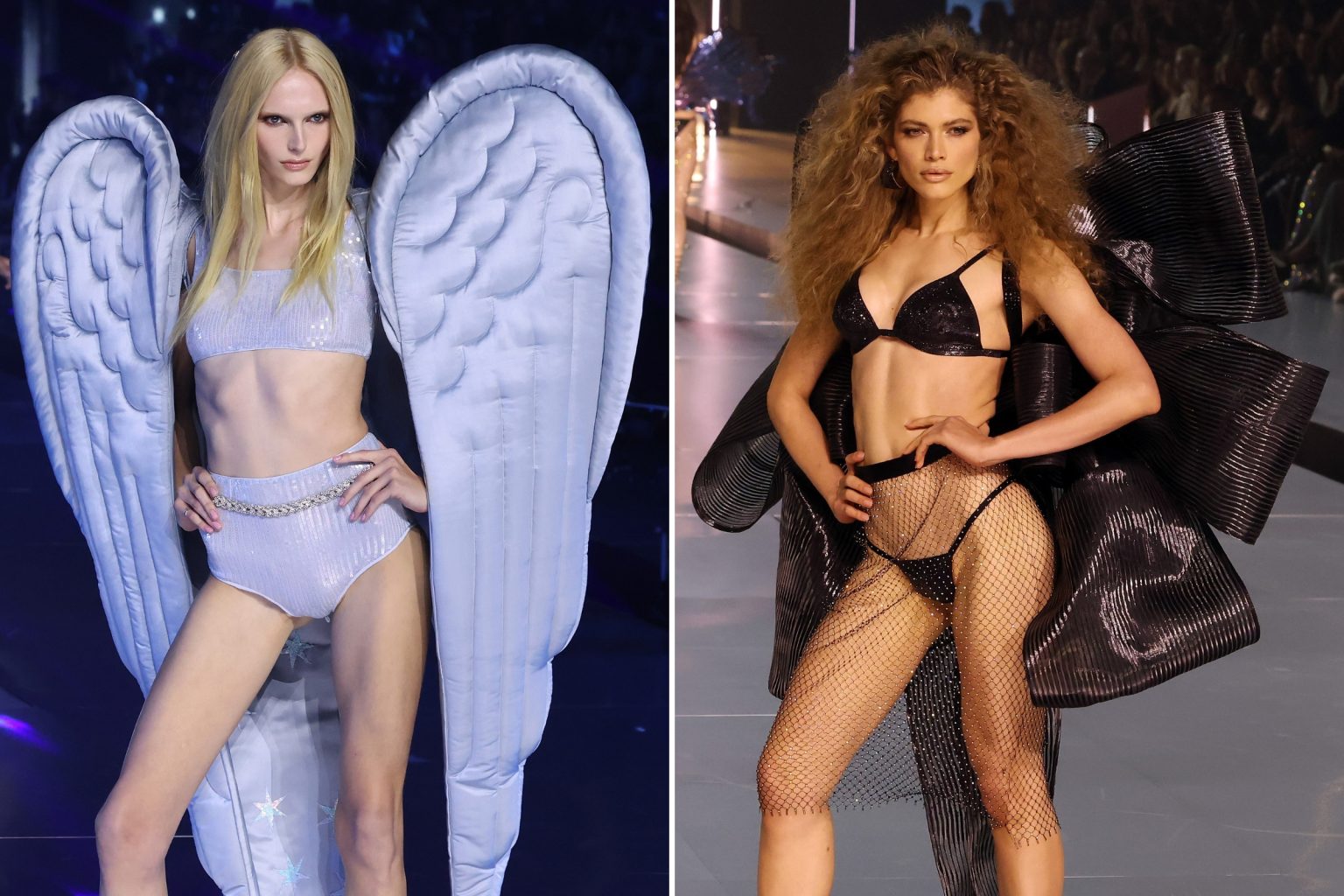The Victoria’s Secret Fashion Show returned to the runway in 2024, making history with the inclusion of transgender models for the first time. The show had been put on hiatus in 2019 due to declining ratings and criticism of its lack of representation of women of diverse body types and backgrounds. The new lineup for the show featured women whose accomplishments extended beyond the catwalk, including soccer star and LGBTQ activist Megan Rapinoe, actress Priyanka Chopra, and trans model Valentina Sampaio, among others.
The 2024 show in Brooklyn, New York City, featured a mix of veteran and newer models, including names like Kate Moss, Alessandra Ambrosio, Tyra Banks, and Gigi and Bella Hadid. The presentation also showcased a more inclusive direction with the inclusion of transgender models Alex Consani and Sampaio. Consani, at 21, made her mark as the world’s youngest transgender model, gaining popularity through social media and runway shows. Sampaio, a 27-year-old Brazilian model, broke barriers as the first openly transgender woman to model for Victoria’s Secret in 2019.
The show’s return marked a notable shift in the brand’s image and direction, moving away from the traditional “Angel” supermodel concept towards representing a more diverse and inclusive range of women. The company emphasized its commitment to delivering a modern and powerful runway experience that reflected the current zeitgeist. In the lead-up to the show, representatives of Victoria’s Secret expressed a commitment to meeting the desires of their customers and creating a spectacle that encompassed glamour, fashion, and entertainment.
The brand’s decision to include transgender models signaled a significant step towards greater inclusivity and diversity in the fashion industry. Both Consani and Sampaio expressed their excitement and gratitude for the opportunity to walk the Victoria’s Secret runway and to inspire future generations through their visibility. The move reflects a broader shift towards embracing a more representative and inclusive vision of beauty and fashion, moving away from outdated and exclusive standards.
The hiatus of the Victoria’s Secret Fashion Show in 2019 was prompted by a variety of factors, including declining ratings, criticisms of the lack of diversity and representation, and internal controversies within the company. The brand faced backlash over comments made by its then-Chief Marketing Officer regarding the exclusion of transgender and plus-size models from the annual show. The subsequent public outcry and negative reception led to a decline in viewership and ultimately the show’s hiatus.
Overall, the return of the Victoria’s Secret Fashion Show in 2024 marks a turning point for the brand, signaling a new era of inclusivity and representation. The inclusion of transgender models like Consani and Sampaio represents a step forward in embracing diverse beauty standards and challenging outdated norms in the fashion industry. The show’s comeback emphasizes the importance of celebrating the diverse accomplishments and backgrounds of women, showcasing a more modern and inclusive vision of fashion and beauty.


